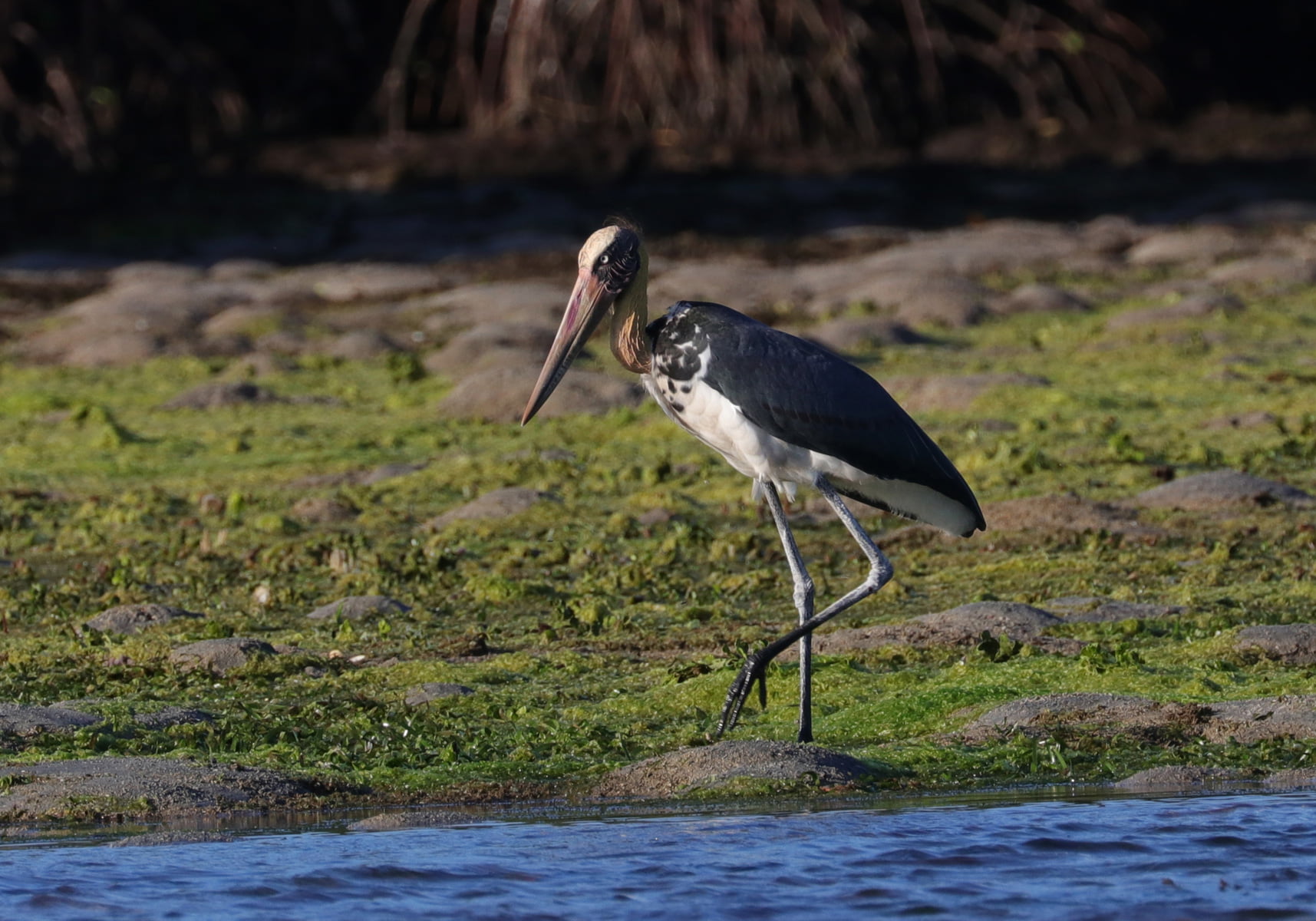This species of birds is the smallest in the genus Leptoptilos. Black on the upper body and wings, the belly, neck collar and the underside of the tail are white. The head and neck were bald with fine white cotton fur on the crown. The beak is long and thick and pale in color. Usually young birds are more dull in color than adult birds. The iris is bluish gray with dark brown legs
Description
Population Size
Decreasing
Life Span
-
WEIGHT
5 kg
LENGTH
110 – 120 cm
Ca
Carnivore
Di
Diurnal
So
Solitary
Classification
KINGDOM
:
Animalia
PHYLUM
:
Chordata
CLASS
:
Aves
ORDER
:
Ciconiiformes
FAMILY
:
Ciconiidae
GENUS
:
Leptoptilos
SPECIES
:
Leptoptilos javanicus

